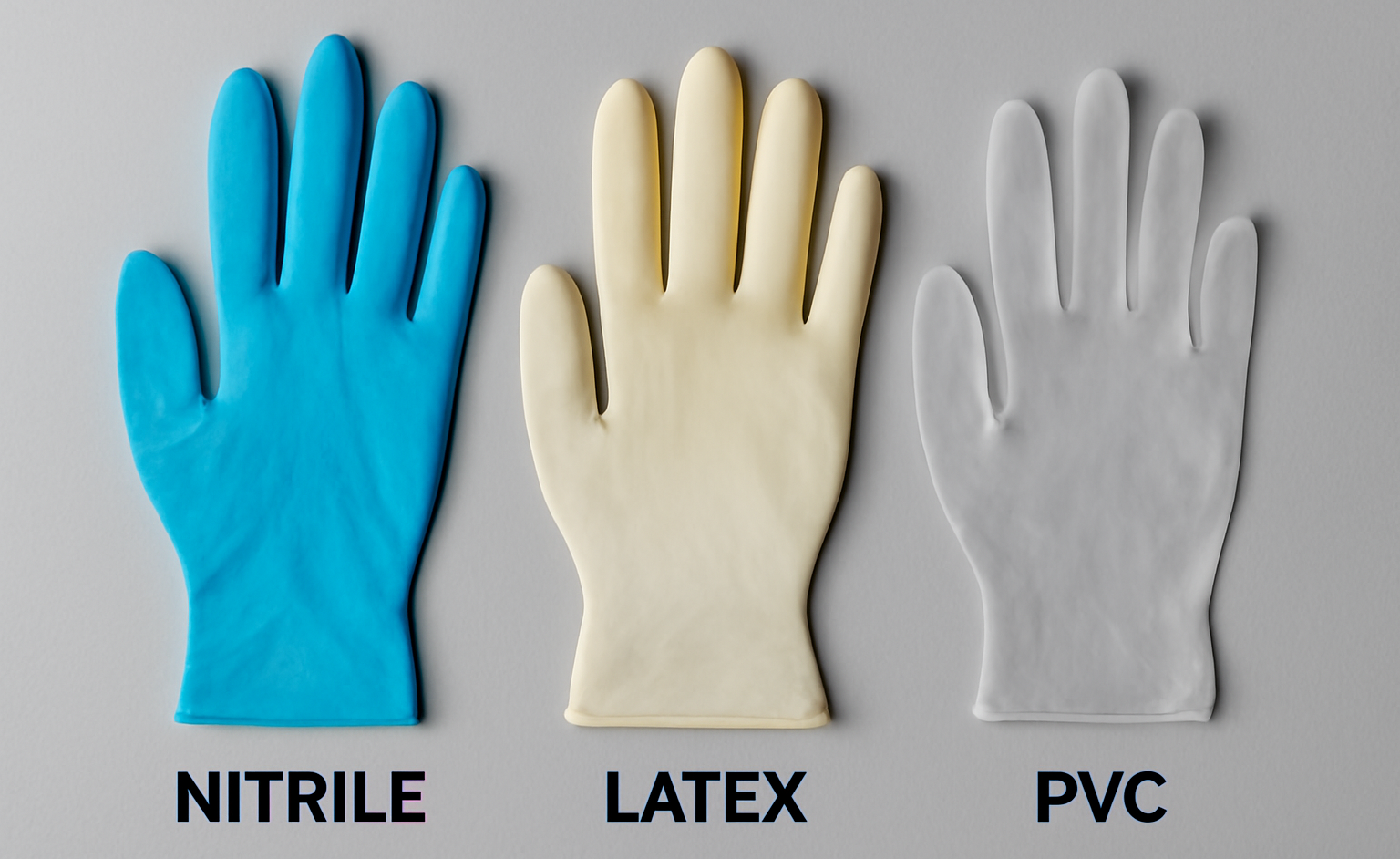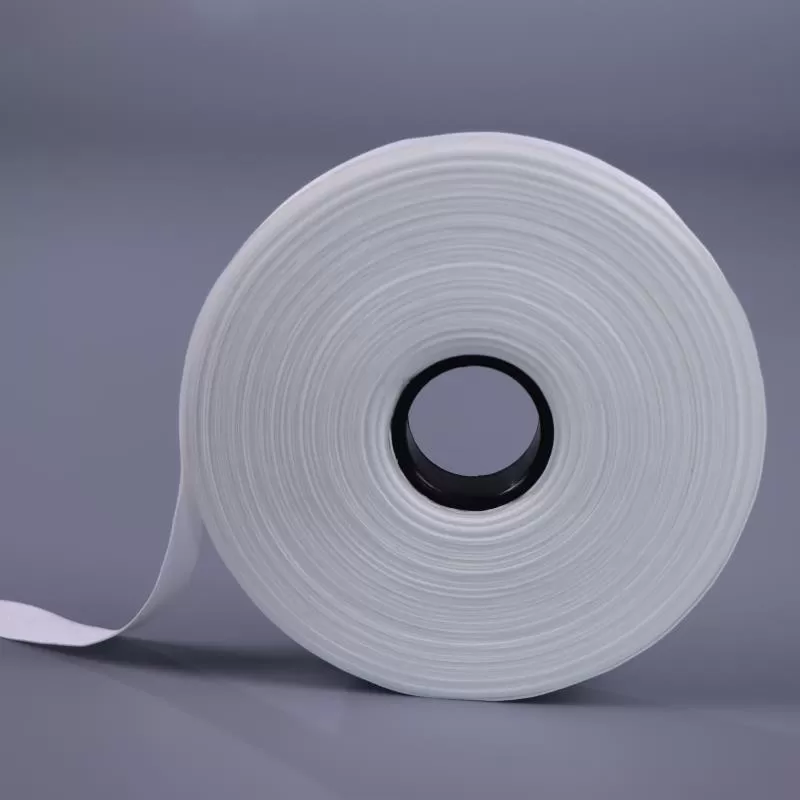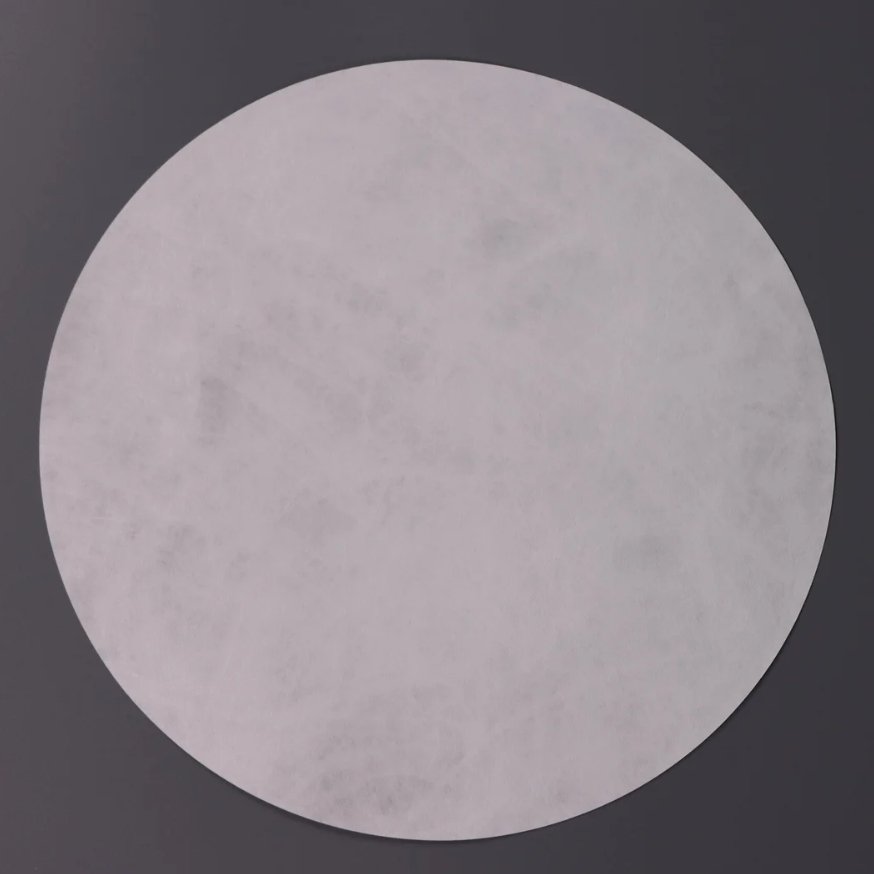Cleanroom gloves play a crucial role in maintaining a controlled environment free of contamination. Whether in semiconductor manufacturing, biopharmaceuticals, precision optics, or aerospace, selecting the right glove is vital to ensuring both product integrity and operator safety. In this article, we will explore the key materials used in cleanroom gloves, compare their technical capabilities, and offer insights into industry-specific choices. We will also clarify commonly misunderstood terms like powder-free and latex-free, and answer frequently asked questions about cleanroom glove usage.
What Is a Cleanroom Glove?
A cleanroom glove is a type of disposable glove designed for use in highly controlled environments (cleanrooms) where low levels of particulates, microbes, and other contaminants are critical. Unlike regular disposable gloves, cleanroom gloves must meet stringent standards for cleanliness, particulate shedding, ionic contamination, and extractables. They are produced, packaged, and often pre-cleaned in ISO Class 4–8 cleanroom facilities to ensure they do not introduce foreign materials into sensitive environments.

Common Cleanroom Glove
The three most widely used materials for cleanroom gloves are nitrile, latex, and PVC (vinyl). Each material offers distinct properties suited to different applications.
| Material | Comfort | Allergy Risk | Strength | Elasticity | Cleanliness | Cost |
|---|---|---|---|---|---|---|
| Nitrile | Moderate | No | Excellent | Moderate | Excellent | High |
| Latex | Moderate | Possible | Moderate | Excellent | Moderate | Moderate |
| PVC | Moderate | No | Moderate | Moderate | Moderate | Low |
1. Nitrile Gloves
Nitrile gloves are made from synthetic nitrile rubber and are widely regarded as the most versatile cleanroom glove type.
Advantages:
-
Chemical Resistance: Excellent resistance to solvents, oils, and a wide range of chemicals.
-
Durability: High tensile strength (≥12.5 MPa) and tear resistance with elongation ≥500%.
-
Low Particle Shedding: Available in versions with APC ≤300 (Class 100) or ≤10000 (general use).
-
Latex-Free: Ideal for users with latex allergies.
-
Powder-Free: Reduces risk of contamination and skin irritation.
Use Cases: Semiconductor fabs, medical device assembly, cleanroom labs, and any environment requiring low particulate emissions.
2. Latex Gloves
Latex gloves are made from natural rubber, offering excellent elasticity and fit. However, they may not be suitable for all users or industries.
Advantages:
-
Elasticity and Fit: Exceptional stretchability and tactile sensitivity.
-
High Strength: Tensile strength ≥18 MPa, elongation ≥650%.
-
Cost-Effective: Generally more affordable than high-end nitrile gloves.
Limitations:
-
Allergen Risk: Natural latex proteins may cause allergic reactions in some users.
-
Particle Levels: Not suitable for the cleanest environments due to relatively higher particle generation.
Use Cases: Widely used in biopharma, general laboratory, and some food processing applications—when latex allergies are not a concern.
3. PVC (Vinyl) Gloves
PVC gloves are made from polyvinyl chloride and are the most economical option.
Advantages:
-
Cost: Lowest price among cleanroom glove types.
-
Latex-Free & Powder-Free: No allergy risk or powder contamination.
-
Basic Chemical Resistance: Suitable for water-based solutions and non-aggressive substances.
Limitations:
-
Lower Strength: Tensile strength ≥11 MPa, elongation ≥300%.
-
Fit & Dexterity: Looser fit compared to nitrile or latex; reduced tactile sensitivity.
-
Cleanliness: Suitable only for less stringent cleanroom classes.
Use Cases: General assembly, inspection tasks, and industries where cost control is a priority.
Technical Performance Comparison
| Technical Index | Class 100 Nitrile | Class 1000 Nitrile | General Nitrile | Latex | PVC |
|---|---|---|---|---|---|
| Tensile Strength (MPa) | ≥12.5 | ≥12.5 | ≥12.5 | ≥18 | ≥11 |
| Elongation at Break (%) | ≥500 | ≥500 | ≥500 | ≥650 | ≥300 |
| APC ≥ 0.5μm (particles/glove) | ≤300 | ≤1000 | ≤10000 | NA | NA |
| Chloride Ion (μg/cm²) | NA | NA | NA | NA | NA |
| NVR (Non-Volatile Residue, μg/cm²) | NA | NA | NA | NA | NA |
| Silicone Oil (FTIR) | ND | ND | ND | ND | ND |
| Residual Fingerprints | None | Slight | Slight | Slight | Slight |
ND: Not Detected; NA: Not Available

Cleanroom Glove Selection by Industry
Each industry has distinct priorities in glove selection:
| Industry | Recommended Glove Type | Key Considerations |
|---|---|---|
| Semiconductor | Class 100 nitrile | Ultra-low particles, no fingerprints, chemical resistance |
| Biopharmaceutical | Latex or nitrile | Sterility, fit, low extractables |
| Precision optics/lens | Class 100 nitrile | Zero fingerprints, high cleanliness |
| General manufacturing | PVC or general nitrile | Cost-effective, basic barrier protection |
| Medical Device Assembly | Latex-free nitrile | Cleanliness and allergy concerns |
Powder-Free and Latex-Free
-
Powder-Free gloves do not contain cornstarch or other powdered lubricants. These powders can contribute to particulate contamination and may interfere with sensitive products or processes. Powder-free gloves are essential for cleanroom use.
-
Latex-Free refers to gloves that are not made from natural rubber latex. Nitrile and PVC gloves are latex-free, which is important for avoiding allergic reactions, especially in healthcare and pharmaceutical environments.
Sterile Gloves vs. Clean Gloves
| Feature | Sterile Gloves | Clean Gloves |
|---|---|---|
| Sterilization | Sterilized by gamma, ETO, or steam | Not sterilized |
| Particle Level | Low | Very low |
| Use Case | Surgical and pharmaceutical environments | Semiconductor, optics, electronics |
| Packaging | Individually packed, sterile pouch | Bulk or cleanroom-sealed packaging |
Sterile gloves are used when both cleanliness and microbiological control are essential. Clean gloves are sufficient when only particulate control is required.
How Often Should Gloves Be Replaced in the Cleanroom?
Cleanroom gloves should be replaced:
-
After each critical operation
-
Immediately if damaged or contaminated
-
Regularly per cleanroom protocol (usually every 2–4 hours)
Using gloves beyond their recommended time increases the risk of contamination through sweat buildup, micro-tears, or loss of integrity. Always follow SOPs (standard operating procedures) for your specific environment.
Conclusion
Selecting the right cleanroom glove is not a matter of guesswork—it involves understanding the materials, performance criteria, and requirements of your industry. Nitrile gloves remain the most commonly recommended for their balanced performance and cleanliness, especially when latex allergies or chemical resistance are concerns. Latex offers superior elasticity but comes with allergy risk, while PVC provides a budget-friendly option for less critical environments.
For cleanroom operations where quality cannot be compromised, choosing the right glove makes all the difference.




